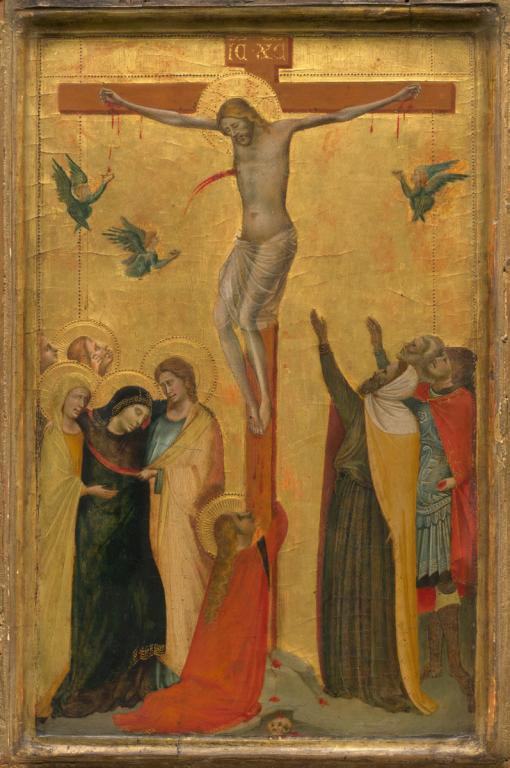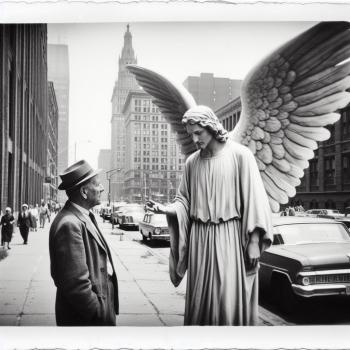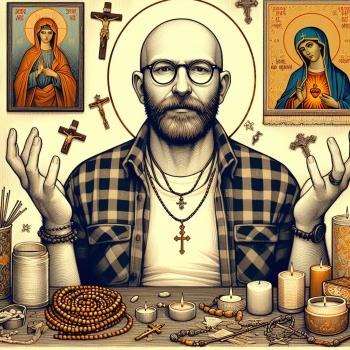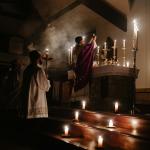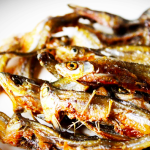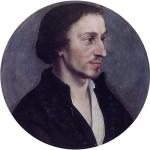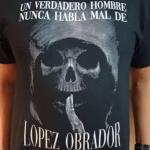One thing that religious art and iconography sometimes does spectacularly, is illuminate the ways in which a biblical story has resonances both with the wider biblical canon as well as the spiritual and liturgical life of the community of the person who observes this. This week I was particularly struck by the way that this is done in the image of the 1335 image of the crucifixion attributed to Bernardo Daddi. I wanted to share a few of my thoughts on it with you.
It’s a simple picture.
Christ is the central focus, as he hangs on the cross, and there are nine others surrounding him, mourning. The background is all in gold – giving us a hint that the image is portraying the crucifixion event from an eschatological perspective more than attempting to recreate the historical perspective. This image is showing us the cross with heavenly eyes. The figures on the left side of the painting all have halos, identifying them as participants in Christ’s life and actively present in the eschatological event from which this image seeks to find its projection. The garments of these, other than that of Christ’s mother, are also gold – indicating their destination in glory. Mary herself, clothed in a heavenly blue and the green of life, has her clothes embroidered with the gold. She swoons in grief and is held by John and “the other” Mary. A similarly haloed figure, clings to the cross as one might cling to a beloved. This is Mary Magdalene, who bends to kiss and weep at the feet of Christ just as the women in Matthew 26, who she was often associated with, had done.
The figures on the right side of the painting, however, are not given haloes. One appears to be a soldier; another may have been associated with the Jewish leaders, which would explain the yellow cloak – since this was a color forced upon Jews at a number of points by Christians (a dark chapter of out history).
Around Christ we see seraphim, like those spoken of in Isaiah 6 and Revelation 4. Like the coals they gathered in Isaiah 6 which made Isaiah’s lips clean clean, they collect the blood of the savior. This is the blood of the new Pascal sacrifice – the new Passover lamb. This is the blood that cleanses those who place it upon their lips in the Eucharist. At the bottom there is a skull. This indicates that on the cross death itself is put under Christ feet. We also see the life cleansing blood of Chris pouring over it, hinting at a seed of resurrection.


